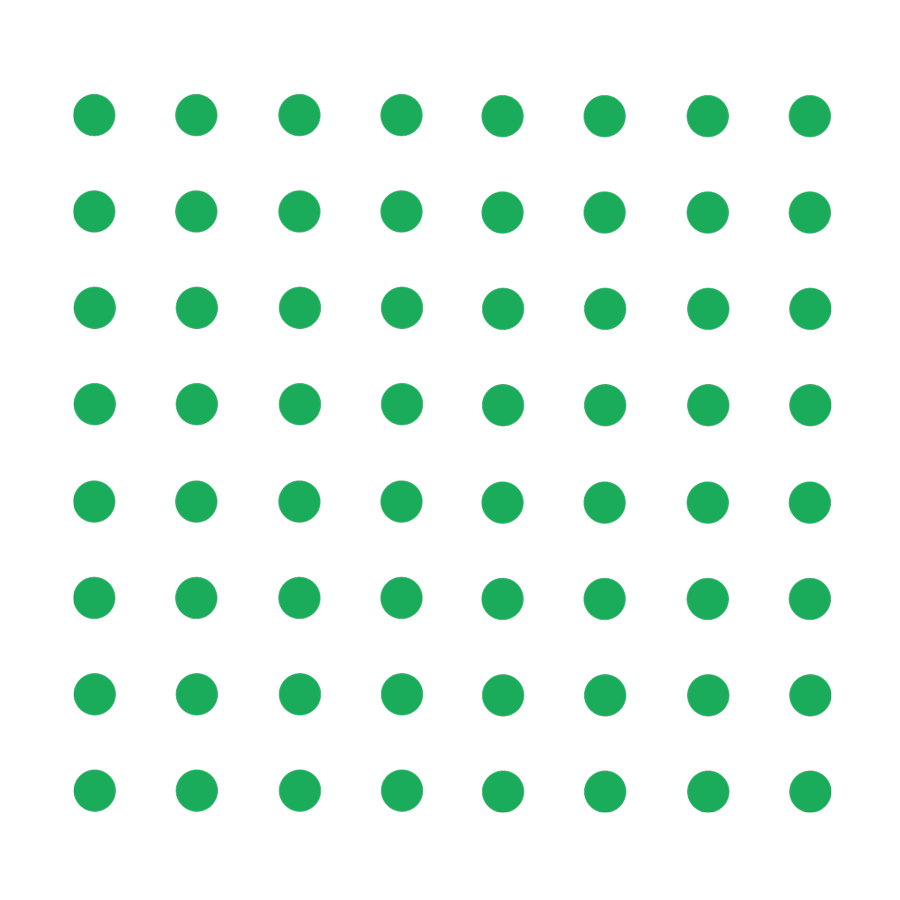cas/definition.php (people or term)

Swarm Behavior
An evocative example of emergence found in simple agents such as birds, ants, or fish.
Relates to Bottom-up Agents
Swarm Behavior (sometimes called ‘flocking behavior’) is a collective behavior displayed by a large group of self motivated agents. This behavior is exhibited by the agents as they follow a set of rules that can include observing their neighbors and being steered by their neighboring behavior (see Stigmergy). Swarming is an emergent behavior seen in natural phenomena like flocking birds, ant colony behavior, or schools of fish. However, swarm behavior is no longer confined to natural agents.Swarm behavior can now be coded into mathematical simulations by engineers, or used in scientific simulation models for research purposes.
- The Separation rule specifies that boids will always be moving to avoid collisions with one another.
- The Alignment rule specifies that Boids will steer themselves to match the average trajectory of other boids around them.
- The Cohesion rule specifies that boids will make an effort to reach the center of the group they are in.
Since the original 1986 study and simulation, countless other scientists and mathematicians have recreated the simulation. What is interesting in observing these simulations is that they can begin with no rules in place, and as they are each added we see the system begin to self-organize almost immediately. We can see how each different rule changes the system and makes it increasingly similar to the swarm behaviors observed in nature.
Enjoy the video demonstrating Boids below:
Text adapted from a contribution by Devin Palmberg, Iowa State University, 2021
Cite this page:
Wohl, S. (2022, 8 June). Swarm Behavior. Retrieved from https://kapalicarsi.wittmeyer.io/definition/swarm-behavior
Swarm Behavior was updated June 8th, 2022.
Nothing over here yet
Navigating Complexity © 2015-2025 Sharon Wohl, all rights reserved. Developed by Sean Wittmeyer
Sign In (SSO) | Sign In
Related (this page): Self-Organization (214), Far From Equilibrium (212),
Section: terms
Non-Linearity Related (same section): Related (all): Urban Modeling (11, fields), Resilient Urbanism (14, fields), Relational Geography (19, fields), Landscape Urbanism (15, fields), Evolutionary Geography (12, fields), Communicative Planning (18, fields), Assemblage Geography (20, fields), Tipping Points (218, concepts), Path Dependency (93, concepts), Far From Equilibrium (212, concepts),
Nested Orders Related (same section): Related (all): Urban Modeling (11, fields), Urban Informalities (16, fields), Resilient Urbanism (14, fields), Self-Organized Criticality (64, concepts), Scale-Free (217, concepts), Power Laws (66, concepts),
Emergence Related (same section): Related (all): Urban Modeling (11, fields), Urban Informalities (16, fields), Urban Datascapes (28, fields), Incremental Urbanism (13, fields), Evolutionary Geography (12, fields), Communicative Planning (18, fields), Assemblage Geography (20, fields), Self-Organization (214, concepts), Fitness (59, concepts), Attractor States (72, concepts),
Driving Flows Related (same section): Related (all): Urban Datascapes (28, fields), Tactical Urbanism (17, fields), Relational Geography (19, fields), Parametric Urbanism (10, fields), Landscape Urbanism (15, fields), Evolutionary Geography (12, fields), Communicative Planning (18, fields), Assemblage Geography (20, fields), Open / Dissipative (84, concepts), Networks (75, concepts), Information (73, concepts),
Bottom-up Agents Related (same section): Related (all): Urban Modeling (11, fields), Urban Informalities (16, fields), Resilient Urbanism (14, fields), Parametric Urbanism (10, fields), Incremental Urbanism (13, fields), Evolutionary Geography (12, fields), Communicative Planning (18, fields), Rules (213, concepts), Iterations (56, concepts),
Adaptive Capacity Related (same section): Related (all): Urban Modeling (11, fields), Urban Informalities (16, fields), Tactical Urbanism (17, fields), Parametric Urbanism (10, fields), Landscape Urbanism (15, fields), Incremental Urbanism (13, fields), Evolutionary Geography (12, fields), Feedback (88, concepts), Degrees of Freedom (78, concepts),
